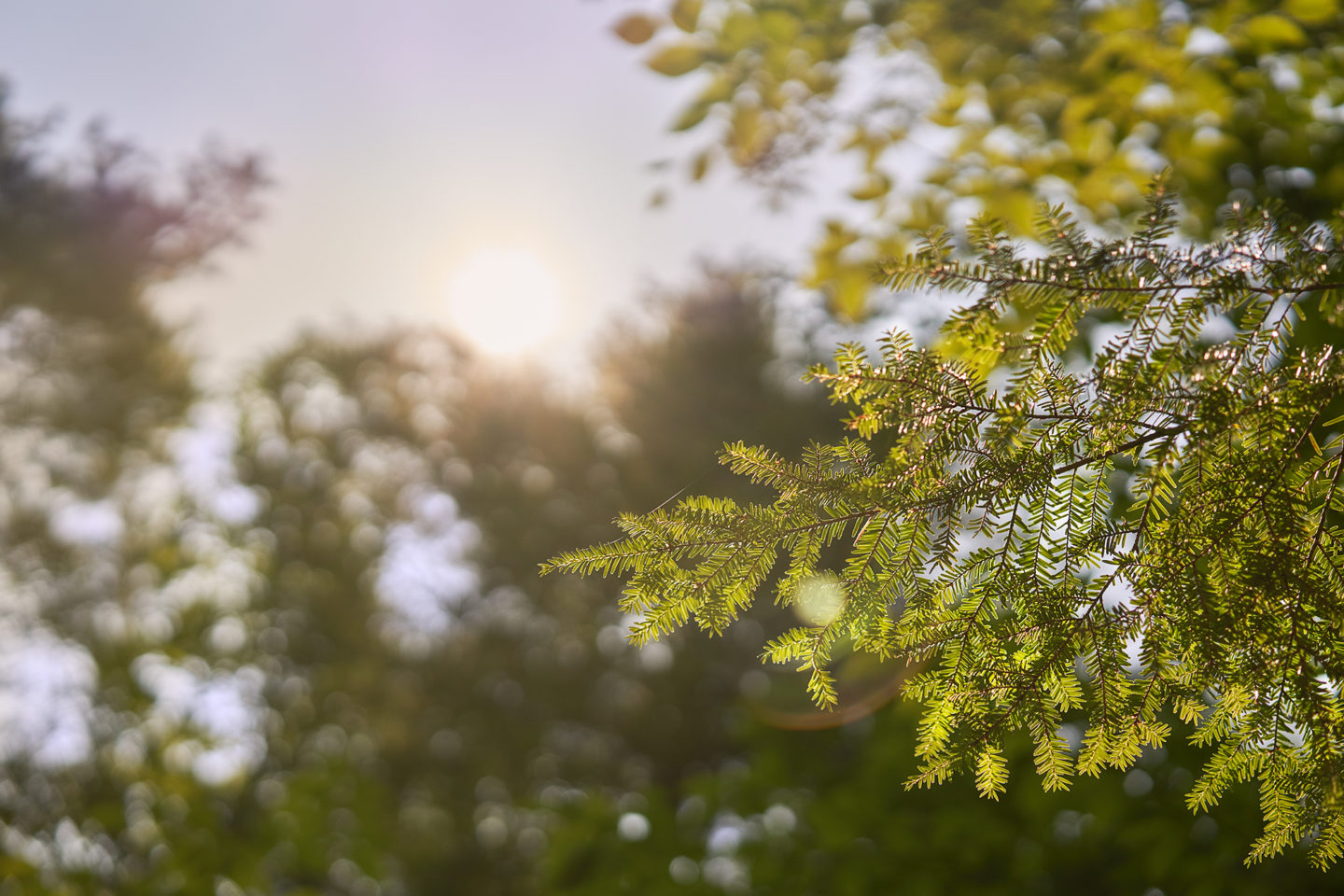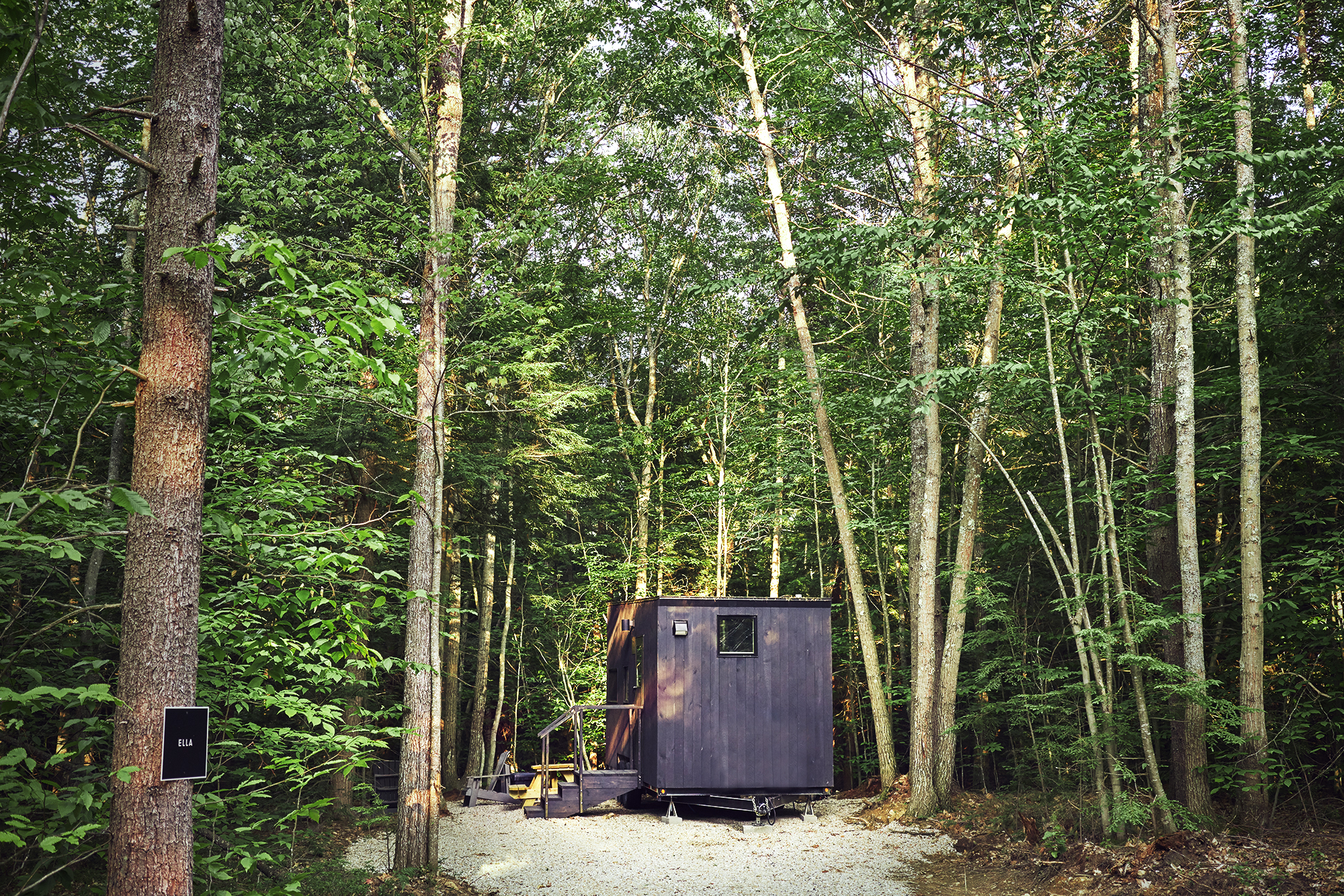If you read the New York Times wellness section recently, you may have seen a piece called “Take a Walk in the Woods. Doctor’s Orders.” It is about a form of nature therapy called shinrin-yoku, or forest bathing, that has been gaining popularity in the US for a little over a decade. The practice involves a two-hour walk through the woods where participants are asked to soak up as much of their natural surrounding as possible. Adopted as part of Japan’s national health program in 1982, the aim of shinrin-yoku was to reconnect people with nature and help them unplug from the frantic pace of urban life. Since its creation, researchers have been testing its efficacy, with some finding that the practice may help lower blood pressure and stress hormones.
A 2006 study in American Scientist found that even just viewing natural scenes, compared to those of concrete streets, triggers an increase in activity in the brain’s pleasure center.

This shouldn’t come as a surprise: numerous studies have shown that spending time immersed in natural scenes can have profound positive effects on our mental and physical health. A 2006 study in American Scientist found that even just viewing natural scenes, compared to those of concrete streets, triggers an increase in activity in the brain’s pleasure centers. Two years later, psychology researchers from University of Michigan discovered that their adult subjects’ memory and attention span improved by up to 20% after the subjects spent time in nature.
The health benefits of proximity to nature extend to children as well. One study that tracked more than 3,000 children living in southern California over eight years found that those who lived closer to parks and recreation resources had lower Body Mass Indexes (BMI) at age 18 than those who lived further away. In fact, the research team estimated that if all the children had matching access, nearly 10% would see their BMIs move from overweight to normal, and 2% would move from obese to overweight. Subsequent studies have found that walking in nature and exposure to green space can lower risks of depression, type II diabetes, cardiovascular disease, premature death, and preterm birth defects in babies.
Take long walks or runs through your city or neighborhood parks, or find a nearby trail to spend a Saturday afternoon hiking.
Some doctors have taken these findings to heart and started prescribing time in nature to their patients. Washington, D.C.’s DC Parks Rx is a community health program founded to address the challenges of urban living by prescribing time outdoors. It consists of a searchable database of 350 green spaces in the District that includes data about accessibility, safety, and facilities to make it easy for doctors to prescribe walks in the park. Similar programs have sprung up across the US, with growing interest from medical professionals in prescribing nature as an alternative to expensive and sometimes dangerous prescription drugs.

So how can a busy urban professional ensure a regular dose of nature? Take long walks or runs through your city or neighborhood parks, or find a nearby trail to spend a Saturday afternoon hiking.
If you are looking for a little more than a walk through the park, go on a long weekend camping trip in a national forest, or book a Getaway and spend time exploring the trails and woods around it. Whatever you do, immerse yourself in nature, and like practitioners of shinrin-yoku, take time to soak up the natural beauty around you. You’ll be healthier and happier for it.
